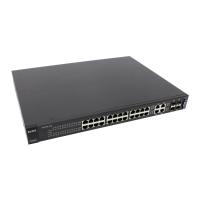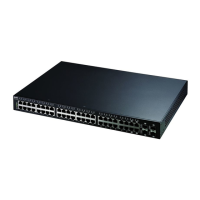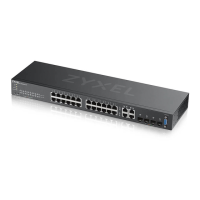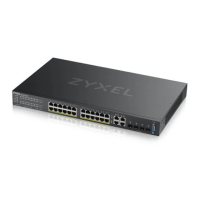Overview of Power over Ethernet
Power over Ethernet or PoE technology describes a system to pass electrical power safely, along
with data, on Ethernet cabling. The IEEE standard for PoE requires category 5 cable or higher for high
power levels, but can operate with category 3 cable for low power levels. Power is supplied in common
mode over two or more of the differential pairs of wires found in the Ethernet cables and comes from a
power supply within a PoE-enabled networking device such as an Ethernet switch or can
be injected into a cable run with a midspan power supply.
The original IEEE 802.3af-2003 PoE standard provides up to 15.4 W of DC power (minimum 44 V
DC and 350 mA) to each device. Only 12.95 W is assured to be available at the powered device as
some power is dissipated in the cable.
The updated IEEE 802.3at-2009 PoE standard also known as PoE+ or PoE plus, provides up to 25.5
W of power. The 2009 standard prohibits a powered device from using all four pairs for power. Some
vendors have announced products that claim to be compatible with the 802.3at standard and offer up
to 51 W of power over a single cable by utilizing all four pairs in the Cat.5 cable.
The following table shows the IEEE 802.3af power classification of the Powered Devices.
This is a number from 0 to 4, where each value represents a range of power (W) that the PD
requires to function. The ranges are as follows.
Class 0 - Default, 0.44 to 12.94 W
Class 1 - Optional, 0.44 to 3.84 W
Class 2 - Optional, 3.84 to 6.49 W
Class 3 - Optional, 6.49 to 12.95 W
Class 4 - Reserved (PSEs classify as Class 0)
Benefits
• Lower Cost – External “wall wart” power supplies can be eliminated.
• Flexible access point location –Wireless access points no longer need to be located near
AC power source or need power lines and outlets.
• Remote management – IP phone, WLAN access points can be powered up or down
remotely.

